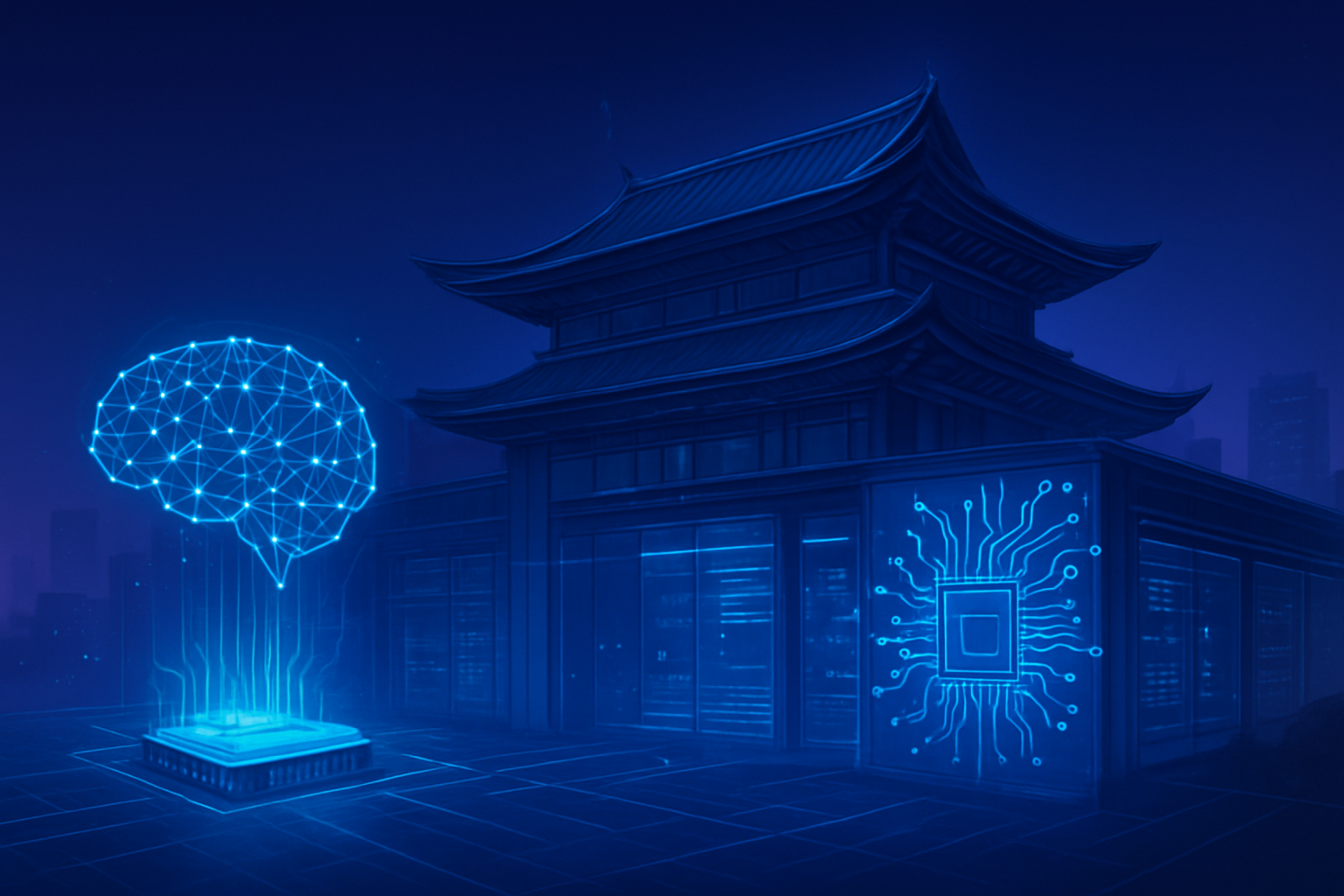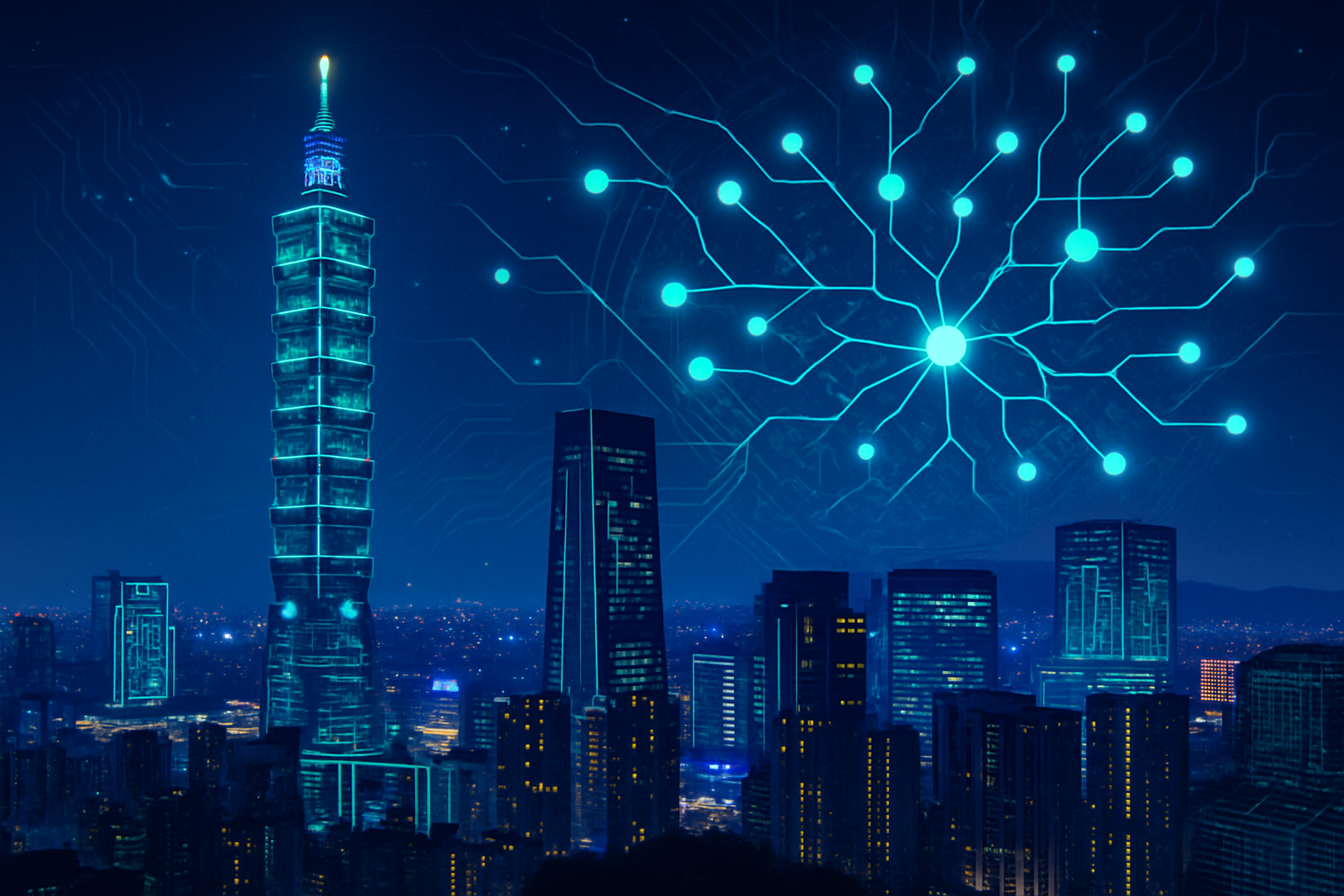Taipei, Taiwan – December 1, 2025 – The world's preeminent contract chipmaker, Taiwan Semiconductor Manufacturing Company (TSMC) (NYSE: TSM), is actively charting a course beyond its home shores, driven by an intricate web of geopolitical tensions and national security imperatives. This strategic pivot, characterized by monumental investments in new fabrication plants across the United States, Japan, and Europe, marks a significant reorientation for the global semiconductor industry, aiming to de-risk supply chains and foster greater regional technological sovereignty. As political shifts intensify, TSMC's diversification efforts are not merely an expansion but a fundamental reshaping of where and how the world's most critical components are manufactured, with profound implications for everything from smartphones to advanced AI systems.
This proactive decentralization strategy, while costly and complex, underscores a global recognition of the vulnerabilities inherent in a highly concentrated semiconductor supply chain. The move is a direct response to escalating concerns over potential disruptions in the Taiwan Strait, alongside a concerted push from major economies to bolster domestic chip production capabilities. For the global tech industry, TSMC's outward migration signals a new era of localized manufacturing, promising enhanced resilience but also introducing new challenges related to cost, talent, and the intricate ecosystem that has long flourished in Taiwan.
A Global Network of Advanced Fabs Emerges Amidst Geopolitical Crosscurrents
TSMC's ambitious global manufacturing expansion is rapidly taking shape across key strategic regions, each facility representing a crucial node in a newly diversified network. In the United States, the company has committed an unprecedented $165 billion to establish three production facilities, two advanced packaging plants, and a research and development center in Arizona. The first Arizona factory has already commenced production of 4-nanometer chips, with subsequent facilities slated for even more advanced 2-nanometer chips. Projections suggest that once fully operational, these six plants could account for approximately 30% of TSMC's most advanced chip production.
Concurrently, TSMC has inaugurated its first plant in Kumamoto, Japan, through a joint venture, Japan Advanced Semiconductor Manufacturing (JASM), focusing on chips in the 12nm to 28nm range. This initiative, heavily supported by the Japanese government, is already slated for a second, more advanced plant capable of manufacturing 6nm-7nm chips, expected by the end of 2027. In Europe, TSMC broke ground on its first chip manufacturing plant in Dresden, Germany, in August 2024. This joint venture, European Semiconductor Manufacturing Company (ESMC), with partners Infineon (FWB: IFX), Bosch (NSE: BOSCHLTD), and NXP (NASDAQ: NXPI), represents an investment exceeding €10 billion, with substantial German state subsidies. The Dresden plant will initially focus on mature technology nodes (28/22nm and 16/12nm) vital for the automotive and industrial sectors, with production commencing by late 2027.
This multi-pronged approach significantly differs from TSMC's historical model, which saw the vast majority of its cutting-edge production concentrated in Taiwan. While Taiwan is still expected to remain the central hub for TSMC's most advanced chip production, accounting for over 90% of its total capacity and 90% of global advanced-node capacity, the new overseas fabs represent a strategic hedge. Initial reactions from the AI research community and industry experts highlight a cautious optimism, recognizing the necessity of supply chain resilience while also acknowledging the immense challenges of replicating Taiwan's highly efficient, integrated semiconductor ecosystem in new locations. The cost implications and potential for slower ramp-ups are frequently cited concerns, yet the strategic imperative for diversification largely outweighs these immediate hurdles.
Redrawing the Competitive Landscape for Tech Giants and Startups
TSMC's global manufacturing pivot is poised to significantly impact AI companies, tech giants, and startups alike, redrawing the competitive landscape and influencing strategic advantages. Companies heavily reliant on TSMC's cutting-edge processors – including titans like Apple (NASDAQ: AAPL), NVIDIA (NASDAQ: NVDA), and AMD (NASDAQ: AMD) – stand to benefit from a more geographically diverse and resilient supply chain. The establishment of fabs in the US and Japan, for instance, offers these firms greater assurance against potential geopolitical disruptions in the Indo-Pacific, potentially reducing lead times and logistical complexities for chips destined for North American and Asian markets.
This diversification also intensifies competition among major AI labs and tech companies. While TSMC's moves are aimed at de-risking for its customers, they also implicitly challenge other foundries like Samsung Foundry and Intel Foundry Services (NASDAQ: INTC) to accelerate their own global expansion and technological advancements. Intel, in particular, with its aggressive IDM 2.0 strategy, is vying to reclaim its leadership in process technology and foundry services, and TSMC's decentralized approach creates new arenas for this rivalry. The increased capacity for advanced nodes globally could also slightly ease supply constraints, potentially benefiting AI startups that require access to high-performance computing chips for their innovative solutions, though the cost of these chips may still remain a significant barrier.
The potential disruption to existing products or services is minimal in the short term, as the new fabs will take years to reach full production. However, in the long term, a more resilient supply chain could lead to more stable product launches and potentially lower costs if efficiencies can be achieved in the new locations. Market positioning and strategic advantages will increasingly hinge on companies' ability to leverage these new manufacturing hubs. Tech giants with significant R&D presence near the new fabs might find opportunities for closer collaboration with TSMC, potentially accelerating custom chip development and integration. For countries like the US, Japan, and Germany, attracting these investments enhances their technological sovereignty and fosters a domestic ecosystem of suppliers and talent, further solidifying their strategic importance in the global tech sphere.
A Crucial Step Towards Global Chip Supply Chain Resilience
TSMC's strategic global expansion represents a crucial development in the broader AI and technology landscape, directly addressing the vulnerabilities exposed by an over-reliance on a single geographic region for advanced semiconductor manufacturing. This move fits squarely into the overarching trend of "de-risking" global supply chains, a phenomenon accelerated by the COVID-19 pandemic and exacerbated by heightened geopolitical tensions, particularly concerning Taiwan. The implications extend far beyond mere chip production, touching upon national security, economic stability, and the future trajectory of technological innovation.
The primary impact is a tangible enhancement of global chip supply chain resilience. By establishing fabs in the US, Japan, and Germany, TSMC is creating redundancy and reducing the catastrophic potential of a single-point failure, whether due to natural disaster or geopolitical conflict. This is a direct response to the "silicon shield" debate, where Taiwan's critical role in advanced chip manufacturing was seen as a deterrent to invasion. While Taiwan will undoubtedly retain its leading edge in the most advanced nodes, the diversification ensures that a significant portion of crucial chip production is secured elsewhere. Potential concerns, however, include the higher operational costs associated with manufacturing outside Taiwan's highly optimized ecosystem, potential challenges in talent acquisition, and the sheer complexity of replicating an entire supply chain abroad.
Comparisons to previous AI milestones and breakthroughs highlight the foundational nature of this development. Just as advancements in AI algorithms and computing power have been transformative, ensuring the stable and secure supply of the underlying hardware is equally critical. Without reliable access to advanced semiconductors, the progress of AI, high-performance computing, and other cutting-edge technologies would be severely hampered. This strategic shift by TSMC is not just about building factories; it's about fortifying the very infrastructure upon which the next generation of AI innovation will be built, safeguarding against future disruptions that could ripple across every tech-dependent industry globally.
The Horizon: New Frontiers and Persistent Challenges
Looking ahead, TSMC's global diversification is set to usher in a new era of semiconductor manufacturing, with expected near-term and long-term developments that will redefine the industry. In the near term, the focus will be on the successful ramp-up of the initial fabs in Arizona, Kumamoto, and Dresden. The commissioning of the 2-nanometer facilities in Arizona and the 6-7nm plant in Japan by the late 2020s will be critical milestones, significantly boosting the global capacity for these advanced nodes. The establishment of TSMC's first European design hub in Germany in Q3 2025 further signals a commitment to fostering local talent and innovation, paving the way for more integrated regional ecosystems.
Potential applications and use cases on the horizon are vast. A more diversified and resilient chip supply chain will accelerate the development and deployment of next-generation AI, autonomous systems, advanced networking infrastructure (5G/6G), and sophisticated industrial automation. Countries hosting these fabs will likely see an influx of related industries and research, creating regional tech hubs that can innovate more rapidly with direct access to advanced manufacturing. For instance, the Dresden fab's focus on automotive chips will directly benefit Europe's robust auto industry, enabling faster integration of AI and advanced driver-assistance systems.
However, significant challenges need to be addressed. The primary hurdle remains the higher cost of manufacturing outside Taiwan, which could impact TSMC's margins and potentially lead to higher chip prices. Talent acquisition and development in new regions are also critical, as Taiwan's highly skilled workforce and specialized ecosystem are difficult to replicate. Infrastructure development, including reliable power and water supplies, is another ongoing challenge. Experts predict that while Taiwan will maintain its lead in the absolute cutting edge, the trend of geographical diversification will continue, with more countries vying for domestic chip production capabilities. The coming years will reveal the true operational efficiencies and cost structures of these new global fabs, shaping future investment decisions and the long-term balance of power in the semiconductor world.
A New Chapter for Global Semiconductor Resilience
TSMC's strategic move to diversify its manufacturing footprint beyond Taiwan represents one of the most significant shifts in the history of the semiconductor industry. The key takeaway is a global imperative for resilience, driven by geopolitical realities and the lessons learned from recent supply chain disruptions. This monumental undertaking is not merely about building new factories; it's about fundamentally re-architecting the foundational infrastructure of the digital world, creating a more robust and geographically distributed network for advanced chip production.
Assessing this development's significance in AI history, it is clear that while AI breakthroughs capture headlines, the underlying hardware infrastructure is equally critical. TSMC's diversification ensures the continued, stable supply of the advanced silicon necessary to power the next generation of AI innovations, from large language models to complex robotics. It mitigates the existential risk of a single point of failure, thereby safeguarding the relentless march of technological progress. The long-term impact will be a more secure, albeit potentially more expensive, global supply chain, fostering greater technological sovereignty for participating nations and a more balanced distribution of manufacturing capabilities.
In the coming weeks and months, industry observers will be watching closely for updates on the construction and ramp-up of these new fabs, particularly the progress on advanced node production in Arizona and Japan. Further announcements regarding partnerships, talent recruitment, and government incentives in host countries will also provide crucial insights into the evolving landscape. The success of TSMC's global strategy will not only determine its own future trajectory but will also set a precedent for how critical technologies are produced and secured in an increasingly complex and interconnected world.
This content is intended for informational purposes only and represents analysis of current AI developments.
TokenRing AI delivers enterprise-grade solutions for multi-agent AI workflow orchestration, AI-powered development tools, and seamless remote collaboration platforms.
For more information, visit https://www.tokenring.ai/.









